3 Ways to Know If You Need a Budgetary Control System
By: Emily Nelson | July 13, 2021
ARTICLE — So why would you need a Budgetary Control system?
You may already have spend management with procurement governance. But maybe you’re not sure why you’d need Budgetary Control.
Here’s a quick way to tell: check out our list of challenges below. Do any of these sound familiar to you?
Challenge #1: Lack of visibility into funds that have been committed
As organizations grow, better commitment control is needed. Purchasing processes may become decentralized as routing and approval workflows are created to allow employees to submit a purchase requisition. The challenge is visibility into budgets when creating purchase requisitions and purchase orders. Often, employees are unable to confirm that purchases are within budget, potentially causing overruns.
Challenge #2: Reactive—not proactive—response to a budget-to-actuals report
Better spend control is needed. By the time you run a budget-to-actuals report in NetSuite, the money has already been spent, and you are only able to see what’s left. It’s an after-the-fact metric that’s reactive, not proactive. You can review vendor bills, but once you have received an invoice, those funds are already committed.
Challenge #3: Lack of visibility in different business processes
Purchase orders may capture funds committed through the procurement process. However, they will not capture other types of outflows, such as payroll or employee expense reports, often handled by third-party systems like ADP or Concur. Additional reports are cumbersome, and you risk understating your actual expenses.
Have you found yourself facing any or all of these challenges? Then your organization needs a new budget management process. It’s time to look into a budgetary control system.
What will Budgetary Control do for you?
Budgetary Control helps contain your costs, create accountability in the cost allocation process, and focus resources on your company’s most important initiatives. It also challenges organizations to uncover more effective ways of adding value and accomplishing goals.
Without effective Budgetary Control, your organization’s mission may be at risk. For commercial organizations without commitment control, exceeding budgets could mean the difference between loss and profit. For nonprofits without encumbrance accounting, going over budget may result in the termination of grant funding.
With Budgetary Control, you can control expenses and get a handle on planning and budgeting, cash flow management, and commitment control.
Managing Your Budgets and Expenditures with Budgetary Control
If all of this sounds like something that could benefit your organization, a Budgetary Control solution could be just what you need. It enables procurement governance; it lets organizations regulate and track expenditures—in real-time—against predefined, authorized budgets.
A good Budgetary Control solution allows you to monitor and control spending down to the transactional level. It should let you do budget management, provide commitment control and implement spend control.
Additionally, it should create and maintain budgets, check actual expenditure and encumbrance transactions against your budgets, and check expected future financial obligations against budgets.
PyanGo Advanced Budgetary Control for NetSuite – a leading solution for Budgetary Control.
PyanGo Advanced Budgetary Control is a native NetSuite SuiteApp that is seamlessly integrated with the Oracle NetSuite platform and its financial applications, including NetSuite’s standard and advanced procurement modules. This integration eliminates the need for manual entry of transaction data, reducing errors, and improving data quality. Employees will spend less time cleaning up mistakes and more time on higher-value activities.
With PyanGo’s Advanced Budgetary Control for NetSuite, you can easily enforce spending limits so that your organization can grow efficiently and enjoy healthy profit margins.
Contact us to arrange a product demonstration.




